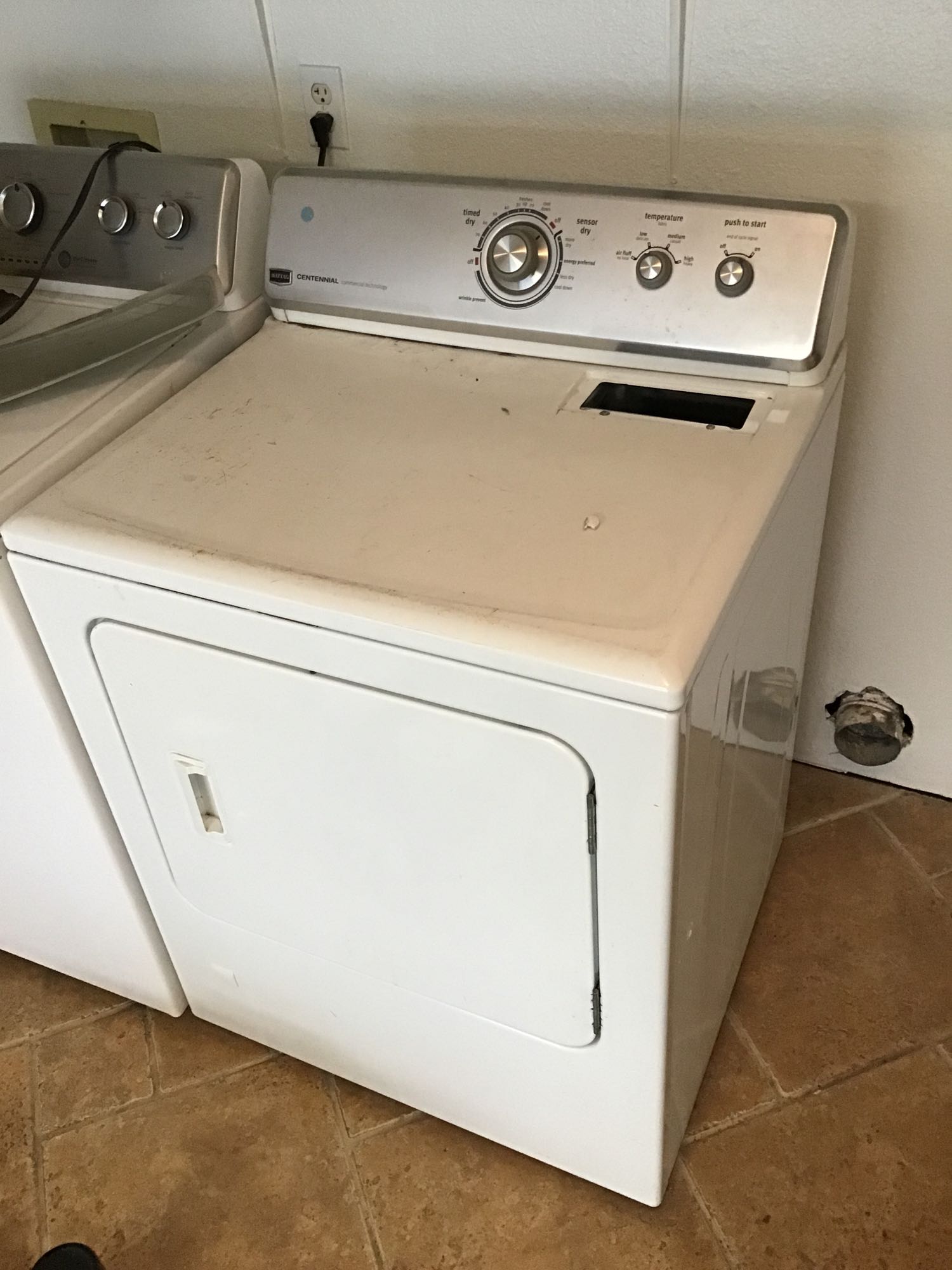Your washing machine is designed to handle daily loads efficiently, but when it starts shaking violently, stopping mid-cycle, or producing loud banging noises, it may be a sign of overloading or an issue with the imbalance detection system. Both user habits and technical malfunctions can cause these symptoms — and understanding which is the culprit can help you avoid costly repairs and keep your washer running smoothly.
Understanding the Imbalance Detection System
Modern washing machines are equipped with advanced imbalance detection systems. These sensors monitor the distribution of weight inside the drum during the spin cycle. When the load is uneven — for example, when heavy towels are bunched together on one side — the system automatically adjusts the spin speed or attempts to redistribute the load.
If the imbalance is too severe, the washer may stop spinning altogether to prevent damage to the internal components, suspension springs, or motor. This safety feature protects the appliance but can cause frustration if it’s triggered too frequently.
When the Problem is a Malfunction
If your washing machine frequently stops or refuses to spin even when the load seems evenly distributed, the imbalance detection system might be faulty.
Common causes of malfunction include:
- Defective sensors: Over time, vibration sensors can wear out or fail, leading the machine to misinterpret a normal load as unbalanced.
- Control board issues: The main control board processes signals from the imbalance detection system. If it malfunctions, the washer may fail to correct the imbalance or stop unnecessarily.
- Shock absorber or suspension spring damage: When these components weaken, the drum cannot stabilize properly during spin cycles. The washer might incorrectly detect every load as off-balance, even when it’s not.
- Loose drum bearings: Excessive vibration or wobbling can also interfere with the imbalance sensor’s ability to function correctly.
When these issues occur, no matter how carefully you load the machine, the washer will continue to struggle to complete cycles smoothly.
When It’s a User Error
Sometimes, the problem isn’t mechanical — it’s simply a matter of overloading or uneven loading. Even a perfectly functioning imbalance detection system can’t compensate for incorrect loading habits.
Here are common mistakes that lead to imbalance:
- Overloading the washer: Filling the drum beyond its capacity restricts movement. Clothes clump together, preventing even distribution during the spin cycle.
- Washing heavy items together: Large items like blankets, rugs, or jackets tend to absorb more water and create uneven weight distribution.
- Underloading the washer: Surprisingly, washing just one or two items can also cause imbalance. Without enough weight to stabilize the drum, the machine struggles to maintain balance.
- Ignoring the drum’s load recommendations: Each washer model has specific load limits measured by weight or drum volume. Exceeding these limits shortens the life of the motor and bearings.
Signs of an Imbalance or Overload
Recognizing the early signs of overloading or imbalance can help prevent further damage. Watch for:
- Loud thumping or banging noises during spin cycles
- The machine stopping mid-cycle or refusing to spin
- Excessive vibration or movement across the floor
- Unevenly wet clothes after a completed wash
- Error codes displayed on the control panel (such as “UE” or “DC” depending on your model)
Preventing Overloading and Imbalance
To maintain your washer’s efficiency and avoid unnecessary repairs, practice these preventive measures:
- Load the drum properly. Fill it about two-thirds full, allowing clothes to move freely.
- Distribute heavy items evenly. Spread large garments or towels around the drum instead of placing them all on one side.
- Mix items. Combine small and large pieces in each load for more balanced weight distribution.
- Use the correct settings. Choose wash cycles appropriate for the type and size of the load.
- Inspect the drum regularly. Look for signs of wear or loose components that might interfere with balance.
When to Call a Professional
If you’ve followed all the correct loading practices and the problem persists, it’s time to call a professional technician. Continuing to run an unbalanced washer can cause serious damage to internal parts, including the bearings, motor mount, and suspension system.
A qualified specialist can diagnose whether the imbalance detection system, control board, or suspension components need repair or replacement. This ensures that the machine operates efficiently and safely, extending its lifespan and saving you from higher repair costs in the future.
Washer overloading problems can stem from either a malfunctioning imbalance detection system or user-related loading errors. While proper laundry habits can prevent many issues, technical malfunctions require professional attention. Ignoring the signs can lead to more severe damage and higher repair expenses.
If your washing machine frequently struggles with imbalance, stops spinning, or shakes excessively, don’t wait for the issue to worsen. Contact HOME APPLIANCE SERVICE CENTER. Our experienced technicians will quickly diagnose the problem, repair faulty sensors or components, and ensure your washer runs smoothly again.
Call HOME APPLIANCE SERVICE CENTER today — we’ll restore your washing machine’s balance and reliability.
Contact us
(619) 928-5000
 619-928-5000
619-928-5000  Request Service
Request Service 
